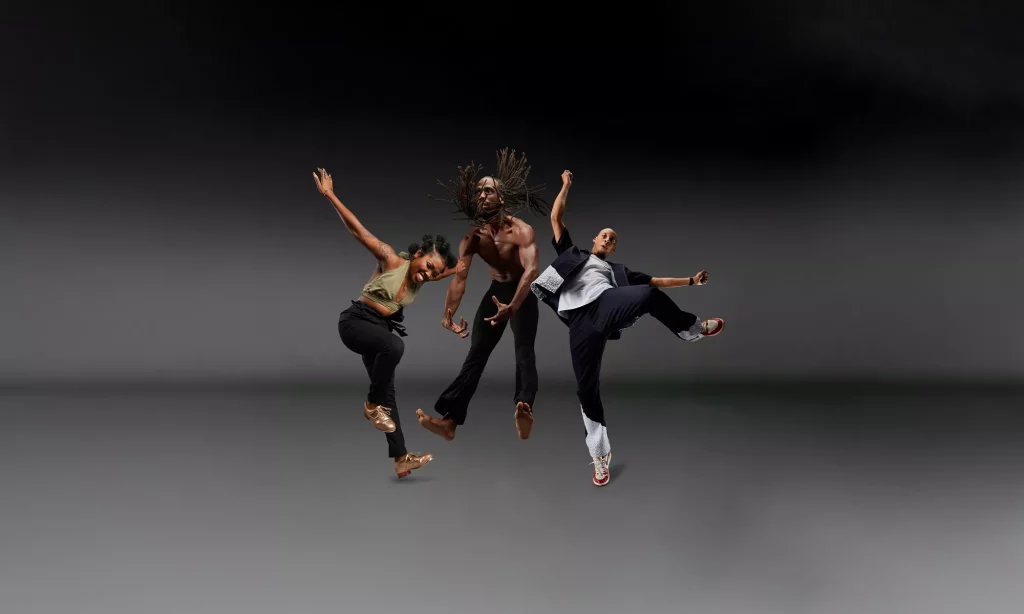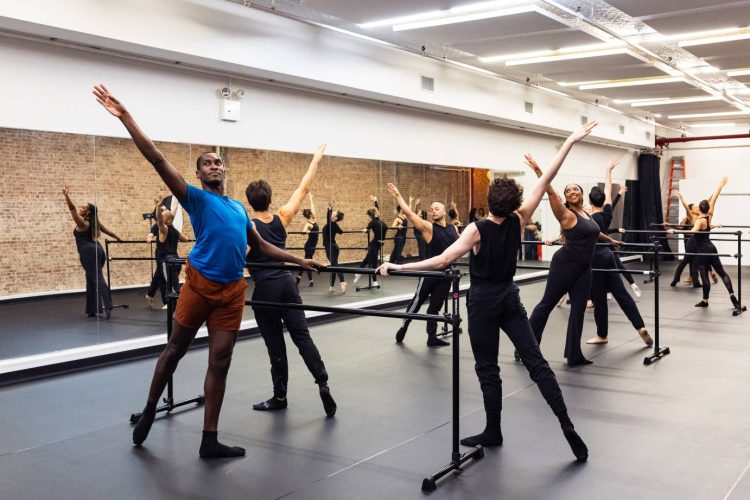In every corner of the world, dance has always been more than movement—it is storytelling, celebration, healing, and expression. Now, as cities become increasingly diverse and people seek new ways to connect through health and culture, dance is emerging as one of the most powerful communal wellness tools. From Afro-Caribbean zumba to Bollywood cardio, salsa in public plazas to traditional folk dances revived for group workouts, multicultural dance fitness classes are transforming how we move and relate. These projects do more than raise heart rates—they build bridges, foster understanding, and ignite joy in ways few other fitness forms can. At the crossroads of rhythm and community, dance becomes a shared language that welcomes everyone.
The Universal Language of Movement
Unlike many fitness trends, dance requires no spoken language. Its cues are visual, its guidance intuitive. Whether it’s a hip-hop groove, a West African rhythm, or a flamenco stomp, dance taps into a primal sense of joy and connection. In multicultural urban centers, where communities may speak dozens of different languages, dance fitness becomes a uniquely inclusive way to unite. Classes can be filled with people of all ages, fitness levels, and cultural backgrounds, each person interpreting movement through their own lens while still moving together in harmony. This accessibility makes dance a gateway to both physical health and social belonging.
A Global Movement with Local Roots
Across cities like Toronto, Melbourne, London, and New York, multicultural dance fitness initiatives have blossomed as both public health strategies and cultural celebration platforms. In San Diego, “Rhythms Without Borders” offers free weekly dance sessions highlighting Latin, African, Asian, and Indigenous dance forms, rotating instructors from different ethnic communities. In Berlin, “Dance Connects” hosts open-air sessions where Turkish folk steps meet K-pop moves, attracting young adults and retirees alike. These classes are often supported by cultural nonprofits, municipal grants, or passionate local artists who see dance as a tool for change. The fusion of fitness and culture not only promotes physical activity but celebrates identity in a way that gym workouts rarely can.
The Health Benefits Go Beyond Cardio
Dance as exercise is nothing new—but dance in a communal, cross-cultural context unlocks deeper dimensions of wellness. On a physical level, dance improves cardiovascular endurance, flexibility, balance, and coordination. It’s a full-body workout that doesn’t feel like a chore. But the mental health benefits are perhaps even more profound. Studies show that dancing in groups releases endorphins and oxytocin, the bonding hormone, helping reduce symptoms of anxiety, depression, and isolation. Learning choreography challenges the brain and improves neuroplasticity. For many participants, especially those navigating immigration, language barriers, or post-pandemic loneliness, these dance gatherings offer a vital source of confidence and belonging.
Stories from the Floor: Real-Life Transformations
In Vancouver, 63-year-old Nasreen, originally from Pakistan, joined a community Bollywood dance fitness class after moving to Canada. “At first I was shy. I had never exercised in public,” she says. “But the music was familiar, and the steps were joyful. Now I go every week, and I’ve made friends from China, Mexico, even Poland.” For Javier, a high school student in Houston who struggled with ADHD and social anxiety, joining a Latin street dance class at a local community center changed his academic and social life. “I could never sit still in class,” he says. “But dancing gave me focus. It helped me feel good about myself.” These are not isolated stories—they are echoes of what happens when people feel seen, celebrated, and connected through movement.

Cultural Expression Meets Public Health
Public health experts increasingly recognize the value of culturally responsive fitness programs. When physical activity is paired with cultural identity, people are more likely to stick with it. For immigrants or ethnic minorities, dance can be a way to reclaim heritage while staying active. For others, it’s a window into new cultures—one that’s engaging, respectful, and joyful. Community dance projects serve as a low-cost intervention with high impact. No gym membership or expensive gear is needed. Just a speaker, some open space, and the willingness to move.
Unity Through Diversity: Breaking Down Barriers
In a time when political and social tensions often dominate headlines, dance fitness classes quietly model a different narrative—one of unity in diversity. The simple act of moving together dissolves social divisions. Age, income, religion, and race lose their edges when people are focused on learning the next eight-count together. In New Orleans, the “Global Grooves” program brings refugees and locals together through traditional dances. In Manchester, England, Afrobeat and Irish step classes are held side by side in public parks. These initiatives are not just about sweating together—they are about reimagining what community looks and feels like in multicultural societies.
The Role of the Instructor as Cultural Ambassador
Community dance fitness instructors are often more than fitness professionals—they are cultural ambassadors. Many come from dance traditions deeply rooted in heritage, storytelling, and ceremony. Their presence in these spaces helps ensure authenticity, respect, and context. When instructors take the time to explain the origin of a move or the history behind a rhythm, participants gain more than fitness—they gain knowledge and empathy. Instructors also learn from the community, adapting classes based on feedback and cultural comfort levels. This mutual exchange deepens the communal bond and ensures that no one feels like an outsider on the dance floor.
Making It Inclusive and Accessible
The best community dance projects prioritize inclusion. This means offering beginner-friendly formats, choosing diverse musical styles, and making classes welcoming for people of all abilities. Adaptive dance classes for seniors, wheelchair users, or neurodivergent individuals are increasingly common. Some programs offer multilingual instruction or use visual cue cards to aid non-native speakers. Partnering with cultural organizations helps ensure respectful integration of traditional dances. Accessibility also means holding classes in public parks, schoolyards, or community centers—places that are easy to reach, especially in low-income or underserved neighborhoods.
Dance as a Post-Pandemic Healing Tool
After years of pandemic-driven separation, people are craving connection—physical, emotional, and cultural. Dance, with its shared rhythms and nonverbal nature, is an ideal antidote to social withdrawal. It allows for safe group participation even in outdoor settings. Many post-COVID dance fitness initiatives were born during lockdowns, with instructors livestreaming sessions from their living rooms. Today, those digital communities have blossomed into in-person gatherings, bringing people together who once met only through screens. As public health policies now shift toward long-term resilience, dance offers a sustainable, joyful pathway to communal recovery.
How to Join or Start a Cultural Dance Fitness Group
If you’re interested in joining a multicultural dance fitness project, check your local community center, library, or social media groups for announcements. Cities often list free classes in public health calendars. If you’re a dancer or community leader, starting your own class may be easier than you think. Reach out to parks departments, cultural associations, or nonprofits for support. All you need is music, passion, and consistency. Even small weekly gatherings can spark big change. Sharing movement across cultures builds trust, empathy, and shared purpose—exactly what healthy communities need.
Conclusion: Movement as a Path to Mutual Understanding
Community dance fitness isn’t just a wellness trend—it’s a social movement grounded in rhythm, respect, and collective joy. It proves that fitness doesn’t have to be isolating, competitive, or expensive. When people move together across cultures, they unlock not only stronger bodies, but stronger bonds. In a divided world, a shared beat can remind us that underneath our differences, we all move to the same human rhythm. So whether it’s salsa in the square, bhangra in the park, or hip-hop on the lawn—step in, let the music guide you, and join the dance that’s reshaping how we connect, one beat at a time.

















































